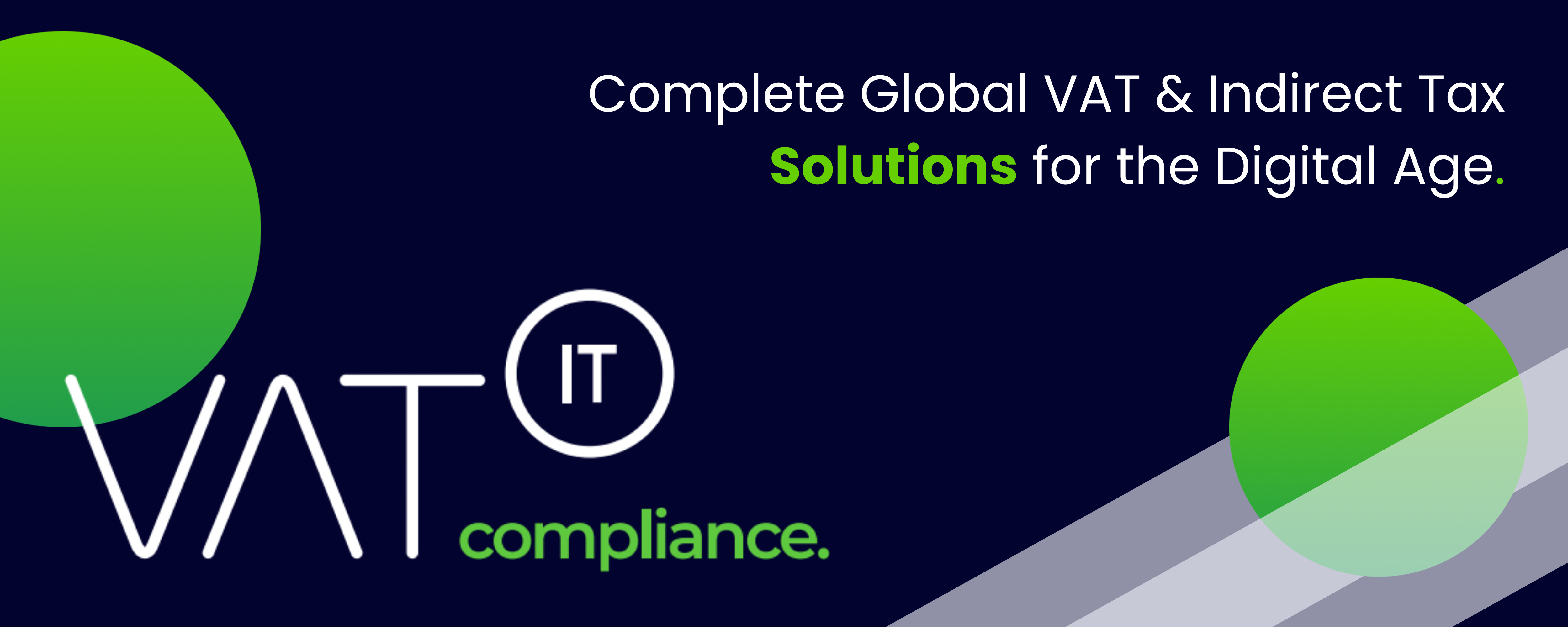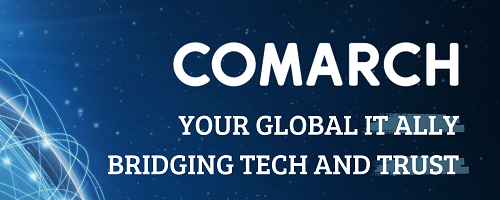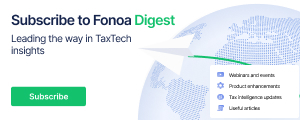- The UK is modernizing its tax and customs systems with a focus on e-invoicing and improved compliance.
- HMRC has introduced a digital strategy called digital by default, emphasizing e-invoicing.
- The initiative builds on the existing Make Tax Digital scheme to enhance tax compliance and reduce administrative burdens.
- Intermediaries like tax advisers and software providers play a crucial role in the tax system.
- HMRC aims to automate the tax system using software and technology.
- By 2030, HMRC plans to simplify compliance and increase revenue for public services.
- The compliance strategy includes preventing non-compliance, promoting compliance, and responding to compliance risks.
- The tax gap was GBP 46.8 billion in 2023 to 2024, with efforts to close it ongoing.
- HMRC and DBT are promoting e-invoicing in both private and public sectors.
- Public consultation on e-invoicing closed in May 2025 to guide future adoption strategies.
Source: regfollower.com
Note that this post was (partially) written with the help of AI. It is always useful to review the original source material, and where needed to obtain (local) advice from a specialist.
Latest Posts in "United Kingdom"
- Hotelbeds v HMRC: Businesses Can Reclaim VAT Without Invoices, Court Rules
- VAT Report – What Is a VAT Report?
- Post-Brexit VAT Divergence and why the EU Forgives and the UK Doesn’t?
- Fiscal Solutions – Great News – The United Kingdom is now part of our Fiscal Portal!
- Post-Brexit VAT: Why the EU Accepts Imperfect Export Proof but the UK Demands Perfection














